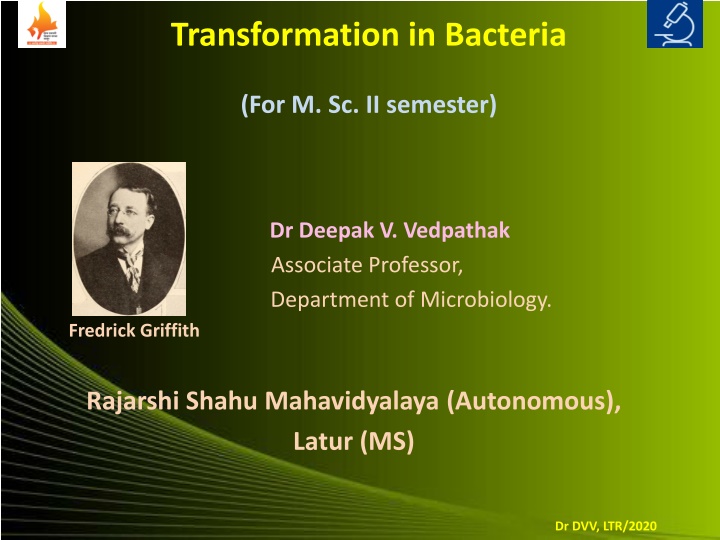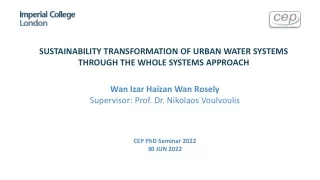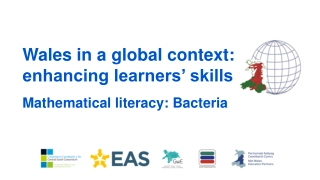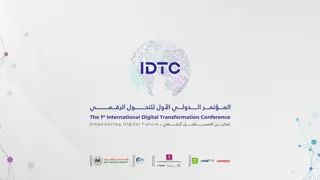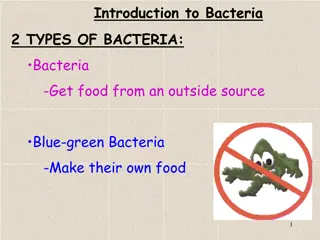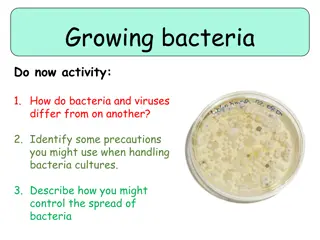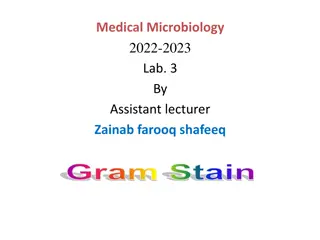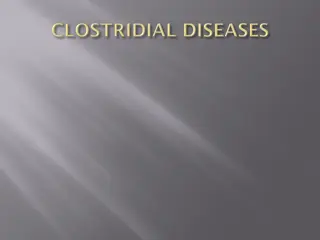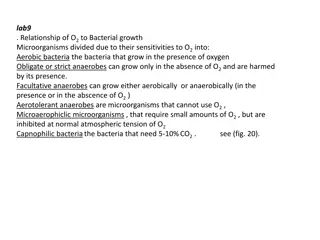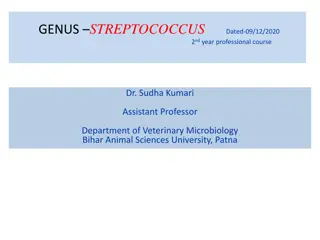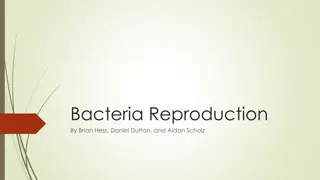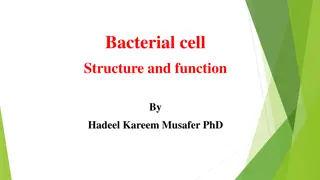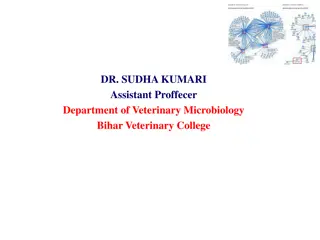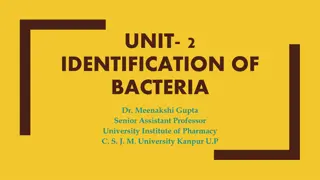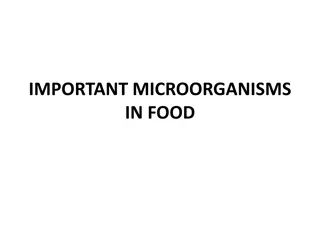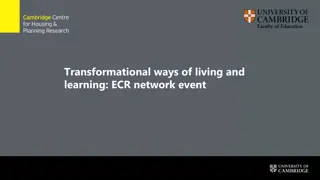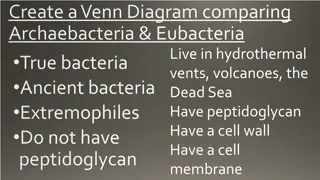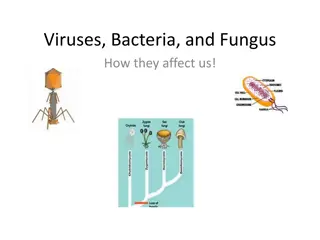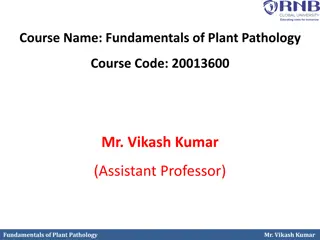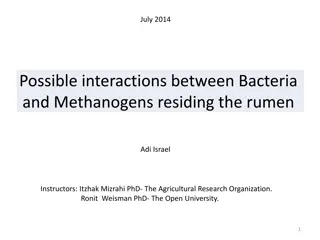Transformation in Bacteria
DNA transformation in bacteria involves horizontal acquisition through processes like transformation, conjugation, and transduction. This alteration occurs as exogenous DNA is transferred into recipient cells, leading to genetic changes. Explore the groundbreaking Griffith and Avery-MacLeod-McCarty experiments, along with mapping techniques and the concept of competence in bacterial cells. Understand how DNA fragments can be manipulated and integrated into recipient bacteria, affecting their genotype. Discover the natural and artificial development of competence in various bacterial species for genetic engineering purposes.
Download Presentation

Please find below an Image/Link to download the presentation.
The content on the website is provided AS IS for your information and personal use only. It may not be sold, licensed, or shared on other websites without obtaining consent from the author.If you encounter any issues during the download, it is possible that the publisher has removed the file from their server.
You are allowed to download the files provided on this website for personal or commercial use, subject to the condition that they are used lawfully. All files are the property of their respective owners.
The content on the website is provided AS IS for your information and personal use only. It may not be sold, licensed, or shared on other websites without obtaining consent from the author.
E N D
Presentation Transcript
Transformation in Bacteria (For M. Sc. II semester) Dr Deepak V. Vedpathak Associate Professor, Department of Microbiology. Fredrick Griffith Rajarshi Shahu Mahavidyalaya (Autonomous), Latur (MS) Dr DVV, LTR/2020
Transformation In bacteria, DNA can be horizontally acquired through three main mechanisms: transformation, conjugation, and transduction. Transformation is the unidirectional transfer of exogenous DNA from environment into recipient cell through the cell membrane, resulting in its genetic alteration The cells that have undergone transformation are called transformants. in 1928 Frederick Griffith reported an unknown transforming principle In 1944 Oswald Avery and colleagues showed that DNA is the transforming principle Native bacterial chromosomal fragments, plasmids, bacteriophage DNA as well as genetically constructed chimeric molecules can be used for transformation. Dr DVV, LTR/2020
Transformation Griffith Experiment Dr DVV, LTR/2020
Transformation Oswald Avery, Colin MacLeod and Maclyn McCarty Experiment Dr DVV, LTR/2020
Transformation Mapping In mapping experiments using transformation DNA from a donor bacterial strain is extracted, purified, and broken into small fragments. This DNA is then added to recipient bacteria having a different genotype. If the donor DNA is taken up by a recipient cell and recombines with the homologous parts of the recipient s chromosome, a recombinant chromosome is produced. Dr DVV, LTR/2020
Transformation Competence: Ability of a bacterium to take up DNA segment from its environment. Competence may be Natural or artificially developed Natural competence: Neisseria and related bacteria: Express competence constitutively Bacillus subtilis and other bacteria: competence is gene regulated by producing competence factor Dr DVV, LTR/2020
Transformation Dr DVV, LTR/2020
Transformation Artificial competence: In non competent cells,. competence can be developed artificially through physical manipulations by chemical or physical treatments. Examples: Escherichia coli , Salmonella typhimurium, many other bacteria as well as plant and animal cells Widely used in genetic engineering The methods for developing artificial competence are The divalent cation method Electroporation method Polyethylene glycol method Dr DVV, LTR/2020
Transformation Dr DVV, LTR/2020
Transformation Mechanism of Dr DVV, LTR/2020
Transformation Transformation efficiency: The efficiency by which cells can take up extracellular DNA and express genes coded by it . It can be calculated by dividing the successful transformants by the amount of DNA used for transformation procedure. Colony Forming Units Transformation efficiency= ------------------------------------ DNA spread on the plate( g) Transformation efficiency is depend on Competence Size of exogenous DNA Form of DNA dsDNA transported efficiently than ssDNA Damage to DNA Dr DVV, LTR/2020
Transformation Dr DVV, LTR/2020
